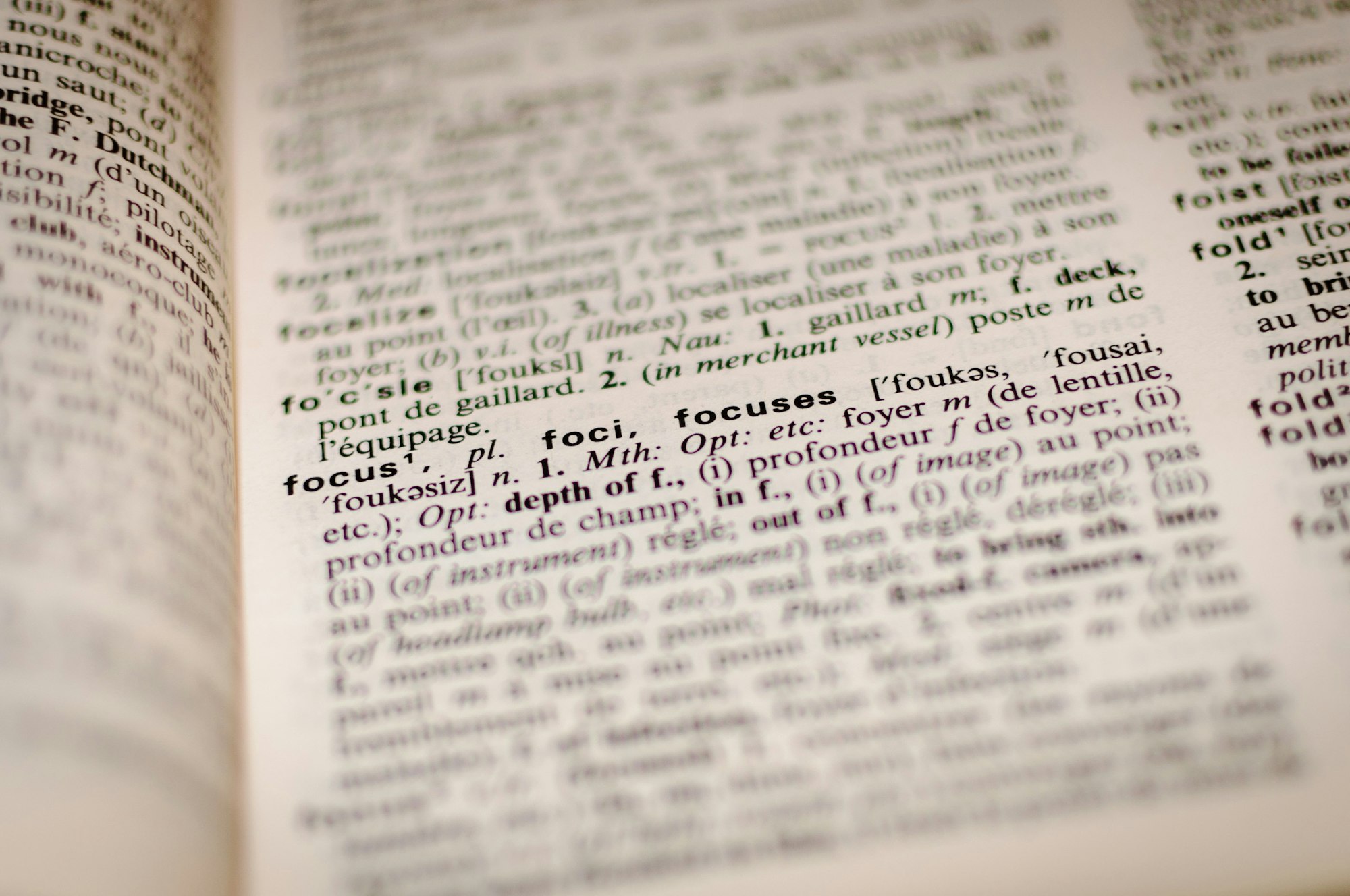My Translation Process

In university, I studied literary translation (German and Japanese), scientific translation (Japanese) and economic translation (Japanese). But more important than learning vocabulary and terminology, I learned translation methodology.
Here’s my own method that I've put together from what I learned in university and my own experience broken down step by step:
1: Reading and Parsing the Text
One of my lecturers told me that the translator must be “the most attentive reader of the text”. This is a must for producing an accurate translation. When I was in university, reading a huge block of text in Japanese used to intimidate me, so I got into the habit of parsing through the text and separating out the different parts of the sentence. I used to highlight the different parts of the sentence in different colors, but now that I have a firmer grasp on my Japanese, I no longer feel the need to do that. I do still find it helpful to parse the text and separate out the sentence if anything just to help me to concentrate on what I’m reading better.
2: Building a Glossary
While I’m reading and parsing, I will highlight any words I don’t understand. Even if I understand the word but am not 100% certain of the usage I will still highlight it anyway. I will then use a few different websites (Jisho, Weblio, Linguee, even Google Translate) to make a glossary. I’m not provided with any dictionaries, translation memory software or term bases by my employer, so while I’m aware that these sites are not always the best quality, I don’t really have any other options (I’m always open to suggestions!).
3: Target Audience Assessment
There is one more step for me before I begin the translation - assessing the target audience. I ask myself :
- Who created the original document?
- Who was this document created for?
- What is the purpose of this translation?
- What type of language will this translation require? (register, level of difficulty, terms to avoid etc)
For most of my work, the target audience is foreign nationals living within my city who’s English ability would be stronger than their Japanese ability. However, this does not automatically mean that their first language is English, so it means I have to be careful about the register/level of difficulty of the words I chose. I would use a much different writing style for these type of texts than I would if I was translating a text meant for a native English speaker, or a text requiring a very formal register, like a letter to an ambassador.
4: Translation
Once my preparation has been completed, I can begin to translate the text. I go through the text sentence by sentence, using the glossary that I created. I learned that it takes a trainee translator an average of 2.5 hours to complete an A4 page. I don’t generally time myself while I’m working, but I know that I’m the past year and a half, I’ve certainly become much much faster. Japanese to English is a very complicated language pair, so it can end up taking a while to find creative solutions to tricky problems. For example, in Japanese formal letters there are many phrases to denote respect and politeness that have no meaning in English when translated directly. In this case it’s more important to convey the sentiment of respect/politeness in appropriate English than remain 100% faithful to the source text. Once I’ve finished, I’ll read through the text a few times to proof-read it for spelling and grammar errors.
5: Let it Rest
After I’ve completed my proof-read, I’ll leave the text alone. If the deadline is very short, I may only be able to leave it for a couple of hours but in my experience, the ideal amount of time to leave a text for is overnight. Coming back to look at the text with fresh eyes the next day allows me to spot any errors I may have missed in my initial proof-read, and come back to any problems I couldn’t find good solutions to the previous day. Reading portions of the text aloud is also useful for proof-reading a text and ensuring that the text makes good sense in English.
6: Source Language Check, Target Language Check
Once I’ve completed my own proof-reading, I’ll usually get my Japanese co-worker and my English-speaking co-worker to check my text for errors. A check by a native English speaker is just as important as a check by a Japanese speaker! Once I’ve incorporated their feedback, I’ll do one last proof-read and then submit it.
I am by no means a professional translator yet, but so far this process has worked very well for me.
My goals as a translator are:
- to continue to improve my speed
- to continue to improve my accuracy
- to get better at translating colloquial Japanese
- to get better at making my English translations more accessible
Thank you very much for reading!